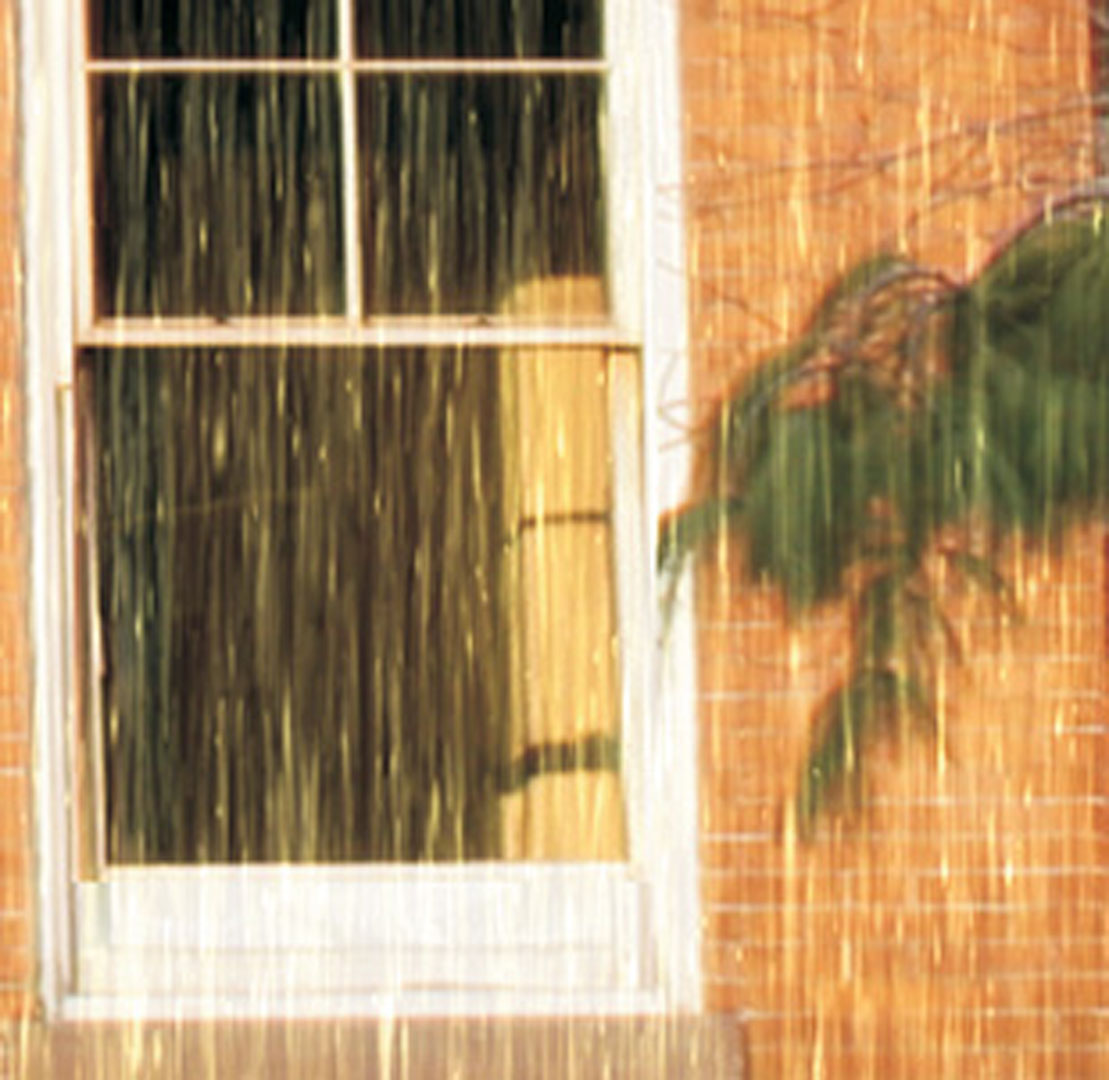“Photorealistic rendering of rain streaks” by Garg and Nayar
Conference:
Type(s):
Title:
- Photorealistic rendering of rain streaks
Presenter(s)/Author(s):
Abstract:
Photorealistic rendering of rain streaks with lighting and viewpoint effects is a challenging problem. Raindrops undergo rapid shape distortions as they fall, a phenomenon referred to as oscillations. Due to these oscillations, the reflection of light by, and the refraction of light through, a falling raindrop produce complex brightness patterns within a single motion-blurred rain streak captured by a camera or observed by a human. The brightness pattern of a rain streak typically includes speckles, multiple smeared highlights and curved brightness contours. In this work, we propose a new model for rain streak appearance that captures the complex interactions between the lighting direction, the viewing direction and the oscillating shape of the drop. Our model builds upon a raindrop oscillation model that has been developed in atmospheric sciences. We have measured rain streak appearances under a wide range of lighting and viewing conditions and empirically determined the oscillation parameters that are dominant in raindrops. Using these parameters, we have rendered thousands of rain streaks to create a database that captures the variations in streak appearance with respect to lighting and viewing directions. We have developed an efficient image-based rendering algorithm that uses our streak database to add rain to a single image or a captured video with moving objects and sources. The rendering algorithm is very simple to use as it only requires a coarse depth map of the scene and the locations and properties of the light sources. We have rendered rain in a wide range of scenarios and the results show that our physically-based rain streak model greatly enhances the visual realism of rendered rain.
References:
1. Andsager, K., Beard, K. V., and Laird, N. F. 1999. Laboratory Measurements of Axis Ratios for Large Raindrops. Journal of the Atmospheric Sciences 56, 2673–2683.Google ScholarCross Ref
2. Faugeras, O. 1993. Three Dimensional Computer Vision: A Geometric Viewpoint. MIT press. Google ScholarDigital Library
3. Frohn, A., and Roth, N. 2000. Dynamics of Droplets. Springer.Google Scholar
4. Garg, K., and Nayar, S. K. 2005. When Does a Camera See Rain? ICCV, 1067–1074. Google ScholarDigital Library
5. Kubesh, R. J., and Beard, K. V. 1993. Laboratory Measurements of Spontaneous Oscillations of Moderate-Size Raindrops. J. Atmos. Sci. 50, 1089–1098.Google ScholarCross Ref
6. Langer, M. S., Zhang, L., Klein, A. W., Bhatia, A., Pereira, J., and Rekhi, D. 2004. A Spectral-particle Hybrid Method for Rendering Falling Snow. In Rendering Techniques, 217–226. Google ScholarDigital Library
7. Lomas, A. 2005. The Matrix Revolutions. Personal Communication.Google Scholar
8. McAllister, D. K. 2000. The Design of an API for Particle System. UNC-CH TR 00–007.Google Scholar
9. Pharr, M., and Humphreys, G. 2004. Physically Based Rendering. Morgan Kaufmann. Google ScholarDigital Library
10. Reed, M. 2005. Blue Sky Studios. Personal Communication.Google Scholar
11. Reeves, W. T. 1983. Particle System- a Techinque for Modeling a Class of Fuzzy Objects. ACM Trans. Graphics, 91–108. Google ScholarDigital Library
12. Sims, K. 1990. Particle Animation and Rendering using Data Parallel Computations. SIGGRAPH 90, 405–413. Google ScholarDigital Library
13. Starik, K., and Werman, M. 2003. Simulation of Rain in Videos. Texture Workshop, ICCV.Google Scholar
14. Tokay, A., and Beard, K. 1996. A Field Study of Raindrop Oscillations. Part I. Journal of Applied Meteorology 35.Google ScholarCross Ref
15. Wang, N., and Wade, B. 2004. Rendering Falling Rain and Snow. SIGGRAPH (sketches 0186). Google ScholarDigital Library




